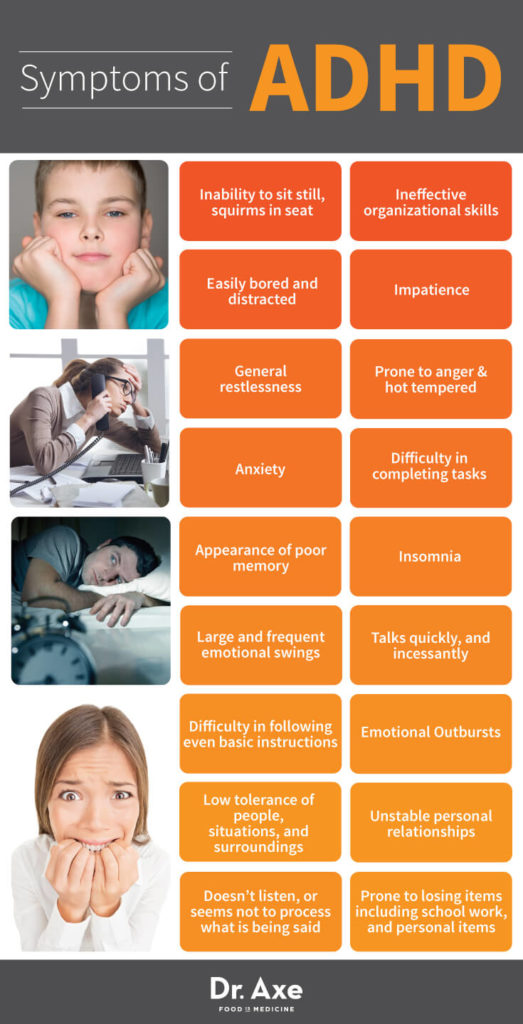

They also often experience learning disabilities, and develop conduct and substance abuse disorders later in life. These children often develop depression and low self-esteem as a result of these social interactions. ADHD also appears to be more common in family members with at least one other ADHD member. Furthermore, they are also much more likely to develop antisocial and criminal behaviour, underachievement, and both emotional and relational problems as adults. Attention and organizational problems among ADHD children are usually lifelong problems.Īdults who experienced ADHD as children often report that they have similar trouble with attention, impulsivity, and interpersonal relationships as adults. Restlessness and impulsivity are generally not tolerated well by parents, peers, and teachers. ADHD children tend to be very active, oppositional, and often get in trouble at both home and school. Children with ADHD often have trouble getting along with peers and are usually disruptive at home and in the classroom. Symptoms include an inability to sustain attention and concentration as well as problems with impulsivity, overactivity, irritability, and moodiness. According to the report of the Child and Adolescent Component of the National Survey of Mental Health and Well-being ADHD affects about 11% of children and adolescents. In Australia, it is estimated that there are about 50,000 children are on drugs prescribed for ADHD.

Prevalence rates have been estimated to range between 2% and 15%, and boys are affected approximately four times as often as girls. The prevalence of ADHD/ADD in children is high it is the most frequently observed neurobehavioral problem in the paediatric age group.
Add symptoms full#
With proper assessment, treatment, and support, many people are successfully able to control their ADD/ADHD symptoms and perform to their full potential.Attention deficit hyperactivity disorder (ADHD)/ Attention deficit disorder (ADD) is a common neuropsychiatric and behavioural disorder of childhood onset. You can take the assessment here by going to the forms page and clicking on the ADD/ADHD Assessment. An ADD/ADHD assessment can help determine whether you're affected by this condition. Because a lot of the behaviors described here can seem “normal” in a busy day for many people, a quick behavior assessment is the best place to start. While it may seem to others that a person with ADD/ADHD either hasn’t paid attention or has deliberately chosen not to follow instructions, the reality may be that the person listens very intently, but their ADD/ADHD symptoms are getting in the way of performing to their full potential. Depending on the Type of ADHD, some patients may also appear to be hyperactive, irritable, or bashful/shy. Sometimes, these symptoms can even be mistaken for “bad behavior.” For example, some common symptoms include not completing important tasks, or beginning meaningless tasks instead of finishing important ones. There are many different symptoms of ADD/ADHD, which can be unique to each patient. Many people still use the term ADD, but doctors usually use a more formal and specific name for this subtype: ADHD, Predominantly Inattentive Type.ĪDHD, Predominantly Inattentive Type (mentioned above)ĪDHD, Predominantly Hyperactive-Impulsive TypeĪDHD, Combined Type (where both hyperactive-impulsive and inattentive symptoms are present) Actually, ADD is considered to be 1 of 3 different “subtypes” of ADHD, or Attention-Deficit Hyperactivity Disorder. Patients often wonder whether they have ADD or ADHD.


 0 kommentar(er)
0 kommentar(er)
